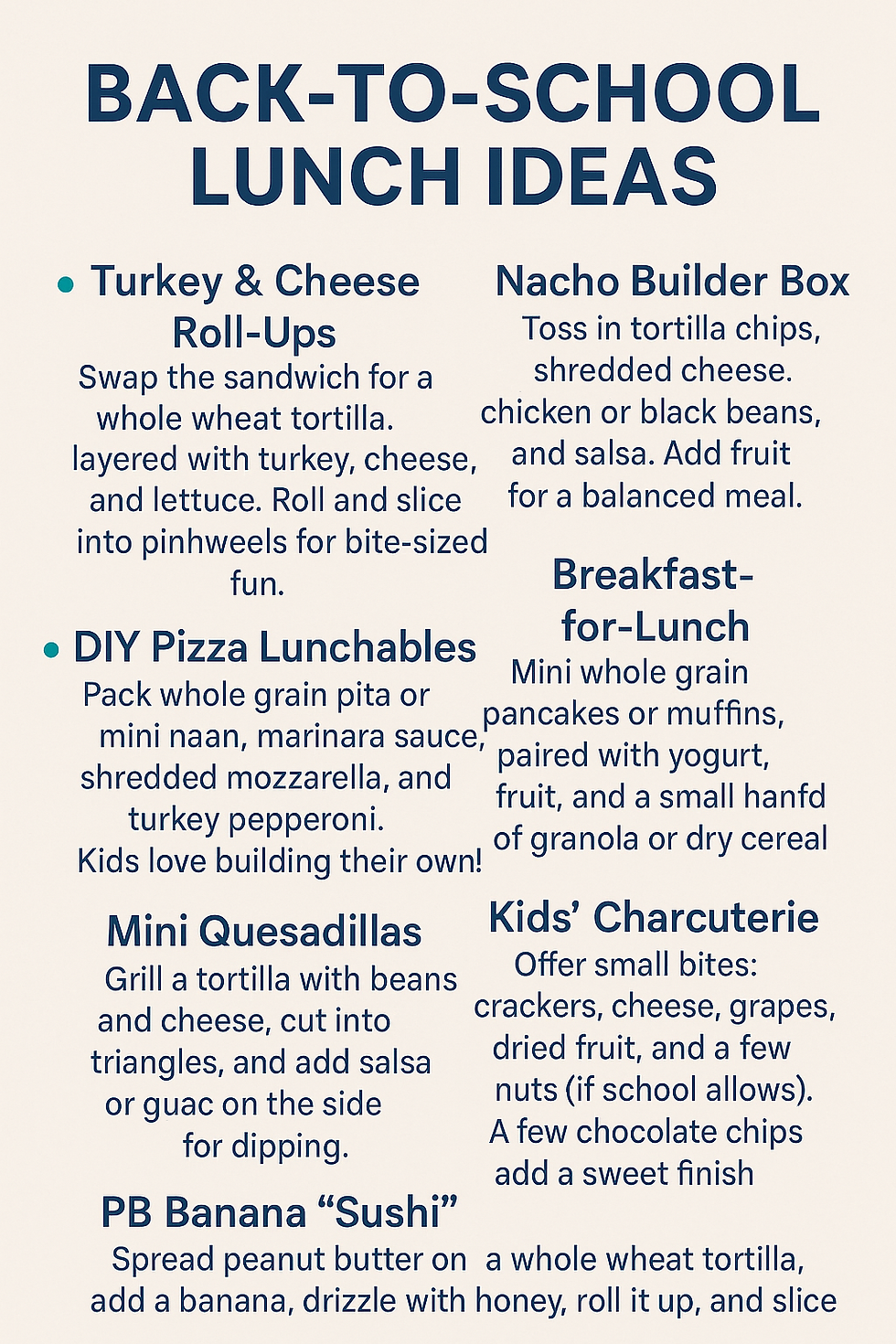Virtual Support vs. Feeding Therapy: What’s the Difference?
- jodie108
- Apr 29
- 2 min read
Updated: Aug 15
Feeding challenges can feel overwhelming, but support is available, and it’s important to know what kind of help best fits your family’s needs. Let’s break down the difference between virtual feeding support and feeding therapy.
Virtual Support
Virtual support is a parent coaching session, not a medical service. It’s ideal when you’re looking for general guidance, reassurance, or tips to try at home. These sessions are usually offered through video calls and are available even if you live outside my licensed state.
During a virtual session, I might:
Watch a recorded feed and share observations
Help you decide if your baby’s feeding concerns need more in-depth evaluation
Offer simple, supportive strategies to try at home
Talk through common topics like bottle refusal, introducing solids, or navigating daycare feeds
Virtual support is a great first step for families who aren’t quite sure what they need, or who are waiting for an evaluation and want to get started now.
Feeding Therapy
Feeding therapy is a clinical service that includes assessment, a treatment plan, and ongoing therapy sessions.
It’s for children with more complex feeding needs, like:
Swallowing difficulties
Oral-motor delays
Feeding aversion or refusal
Growth or nutritional concerns
Feeding therapy may involve hands-on techniques, structured exercises, and coordination with your child’s medical team. This service can only be provided in-person to families within Missouri, where I’m licensed as a speech-language pathologist.
Both options are rooted in respect for the parent-child connection. Whether you need a listening ear or a full feeding plan, I’m here to help you take the next right step.
Not sure which one fits? Schedule a free discovery call and we’ll figure it out together—because even small changes can make a big difference.
_edited.png)


